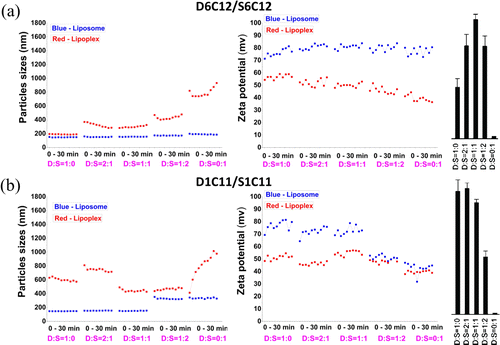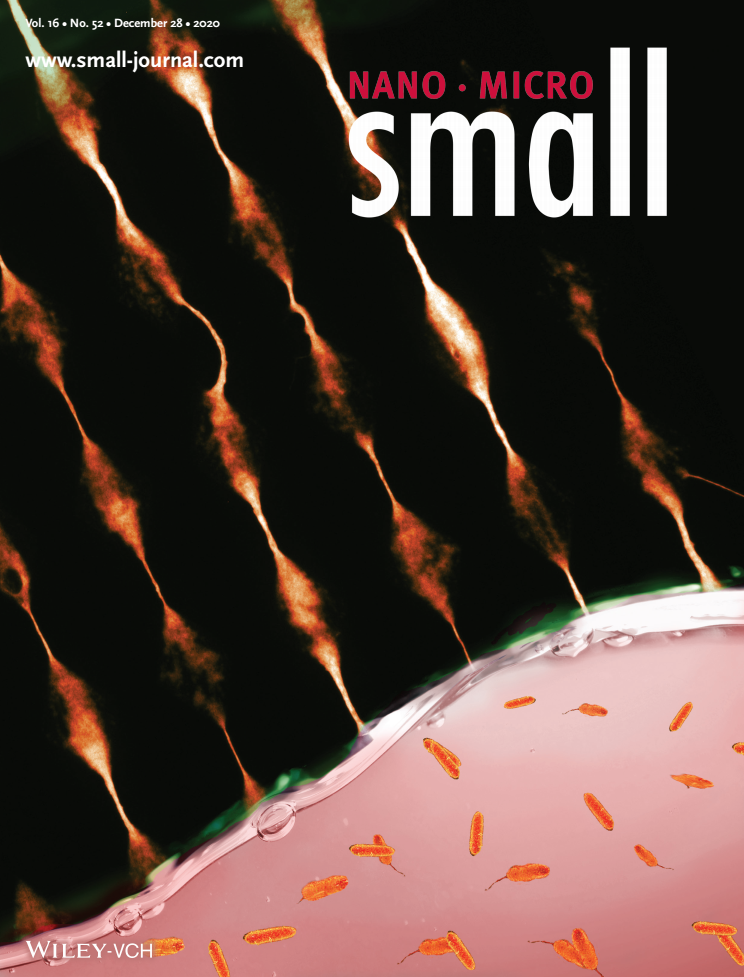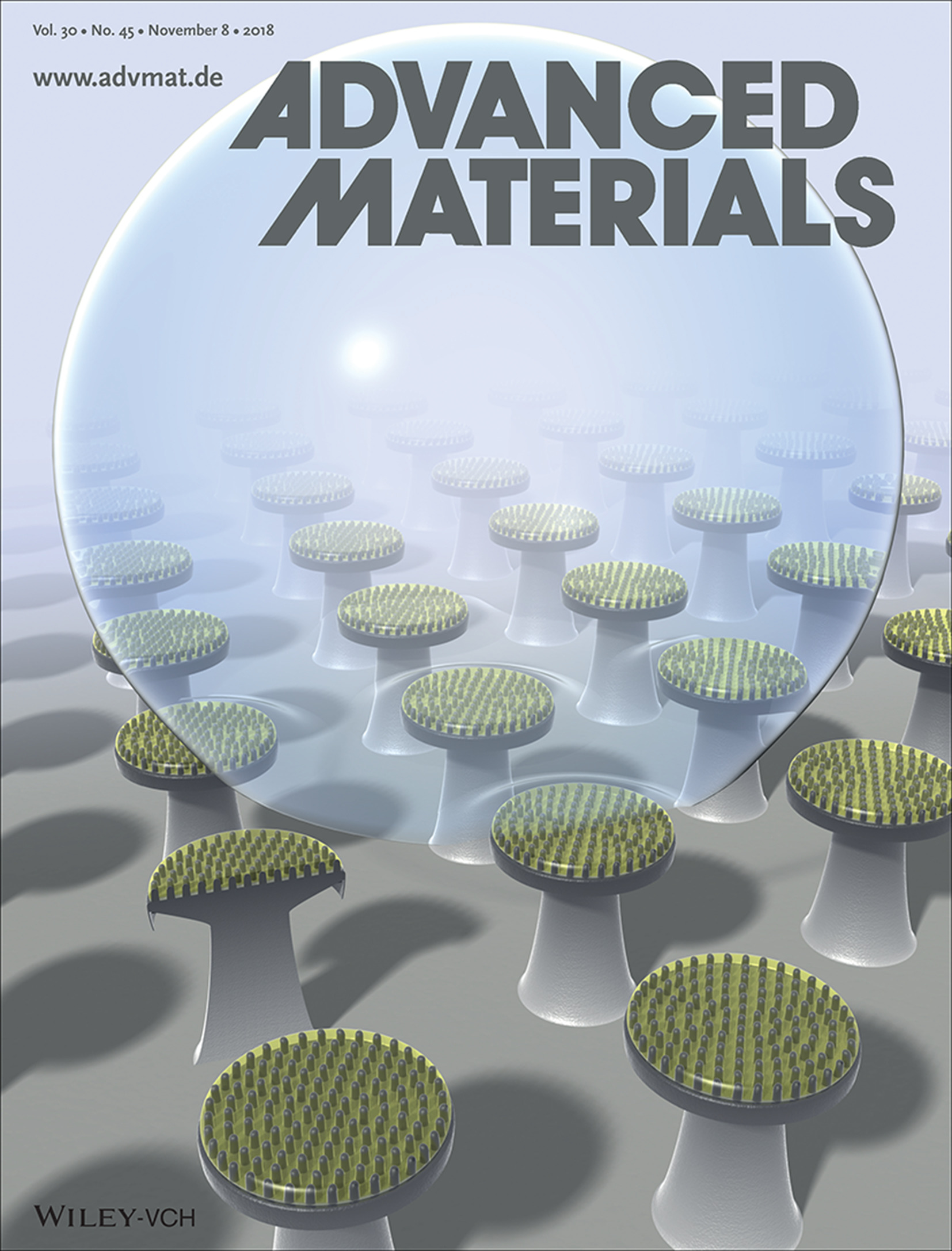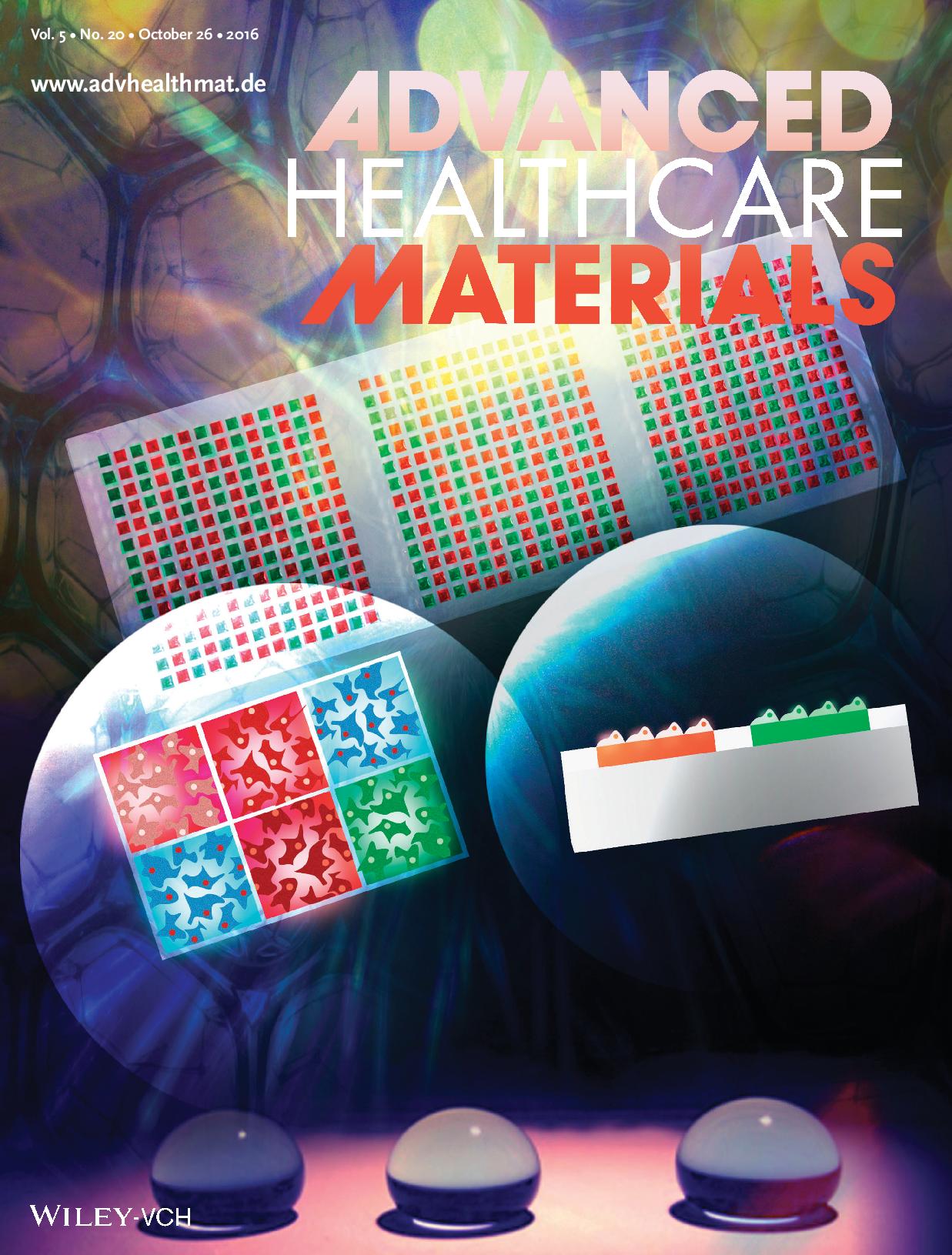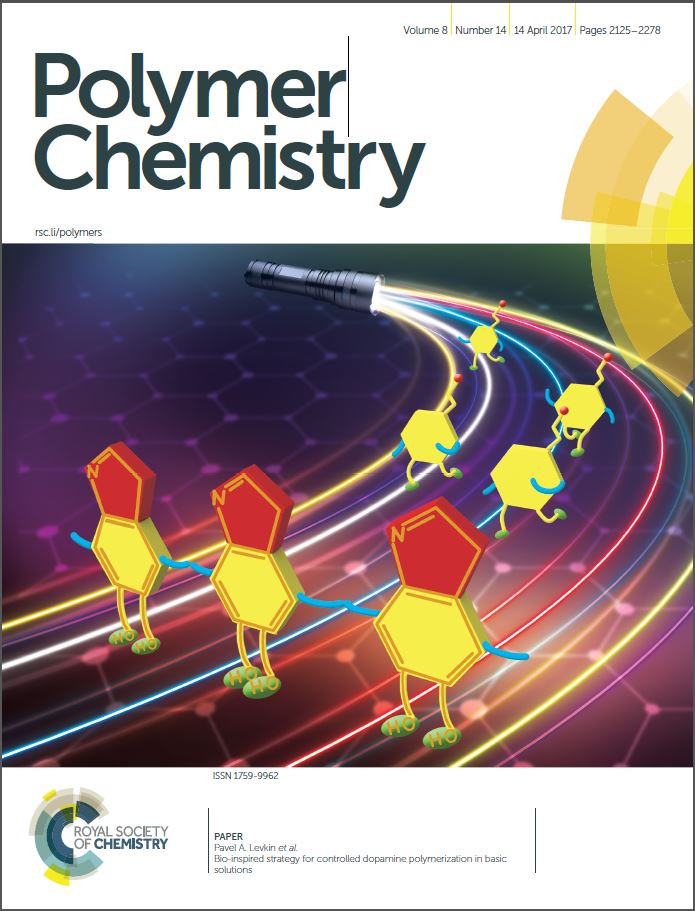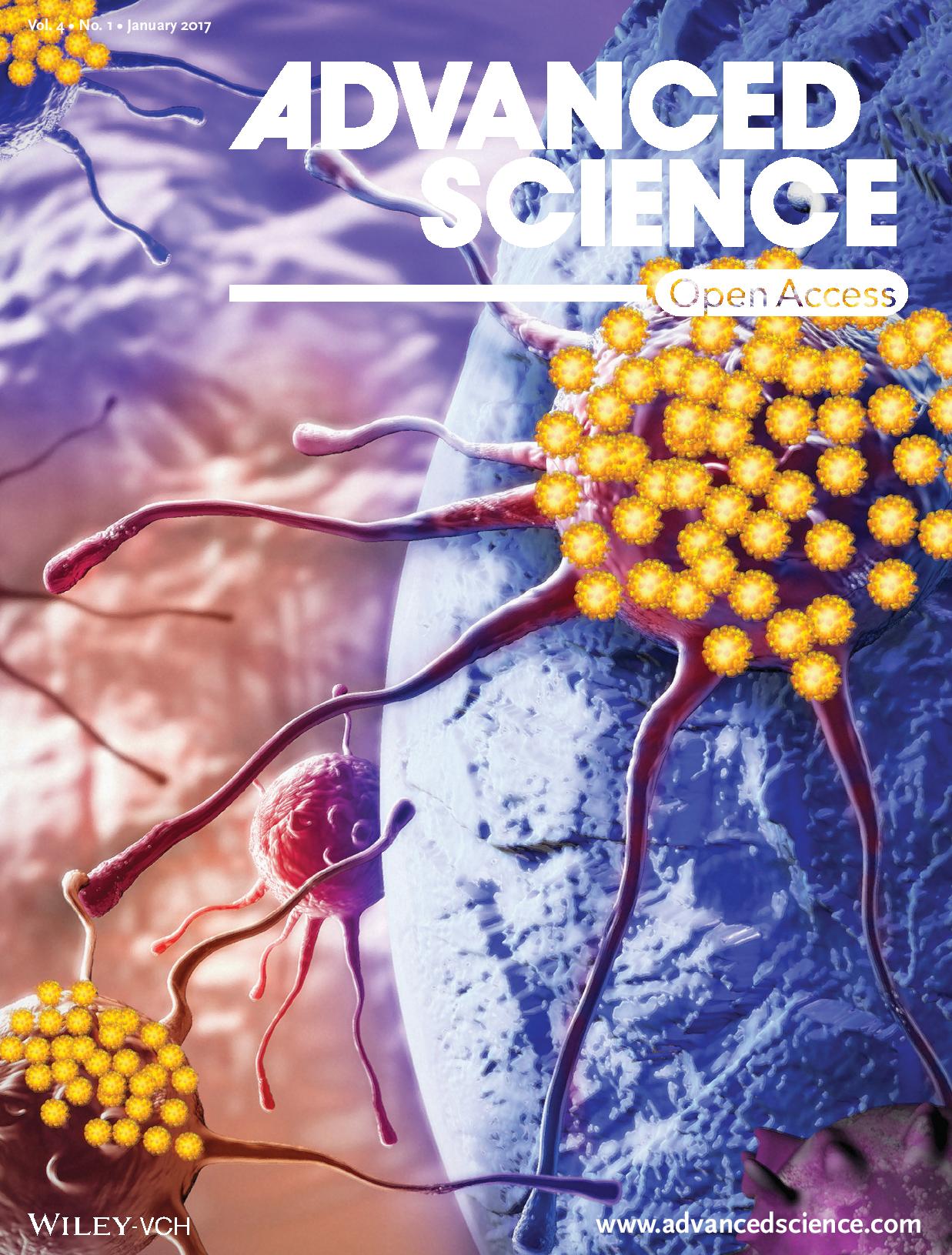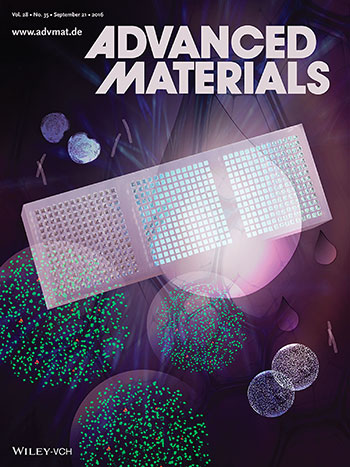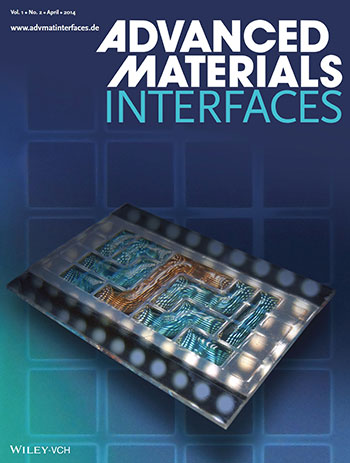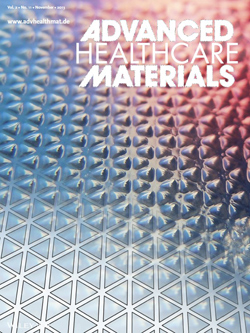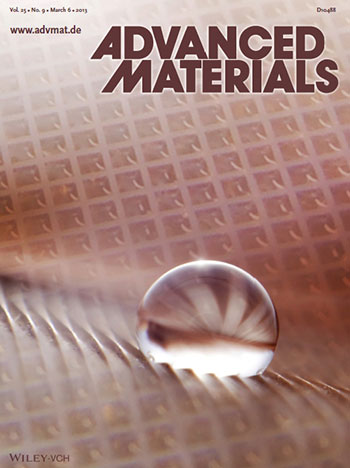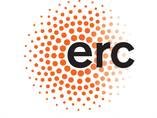57. Single-Tailed Lipidoids Enhance the Transfection Activity of Their Double-Tailed Counterparts
Y. Wu, L. Li, Q. Chen, Y. Su, P. A. Levkin, and G. Davidson
ACS Comb. Sci., 2016, 18, 43-50
Cationic lipid-like molecules (lipidoids) are widely used for in vitro and in vivo gene delivery. Nearly all lipidoids developed to date employ double-tail or multiple-tail structures for transfection. Single-tail lipidoids are seldom considered for transfection as they have low efficiency in gene delivery. So far, there is no detailed study on the contribution to transfection efficiency of single-tail lipidoids when combined with standard double-tail lipidoids. Here, we use combinatorial chemistry to synthesize 17 double-tail and 17 single-tail lipidoids using thiol–yne and thiol–ene click chemistry, respectively. HEK 293T cells were used to analyze transfection efficiency by fluorescence microscopy and calculated based on the percentage of cells transfected. The size and zeta potential of liposomes and lipoplexes were characterized by dynamic light scattering (DLS). Intracellular DNA delivery and trafficking was further examined using confocal microscopy. Our study shows that combining single with double-tail lipidoids increases uptake of lipoplexes, as well as cellular transfection efficiency.
